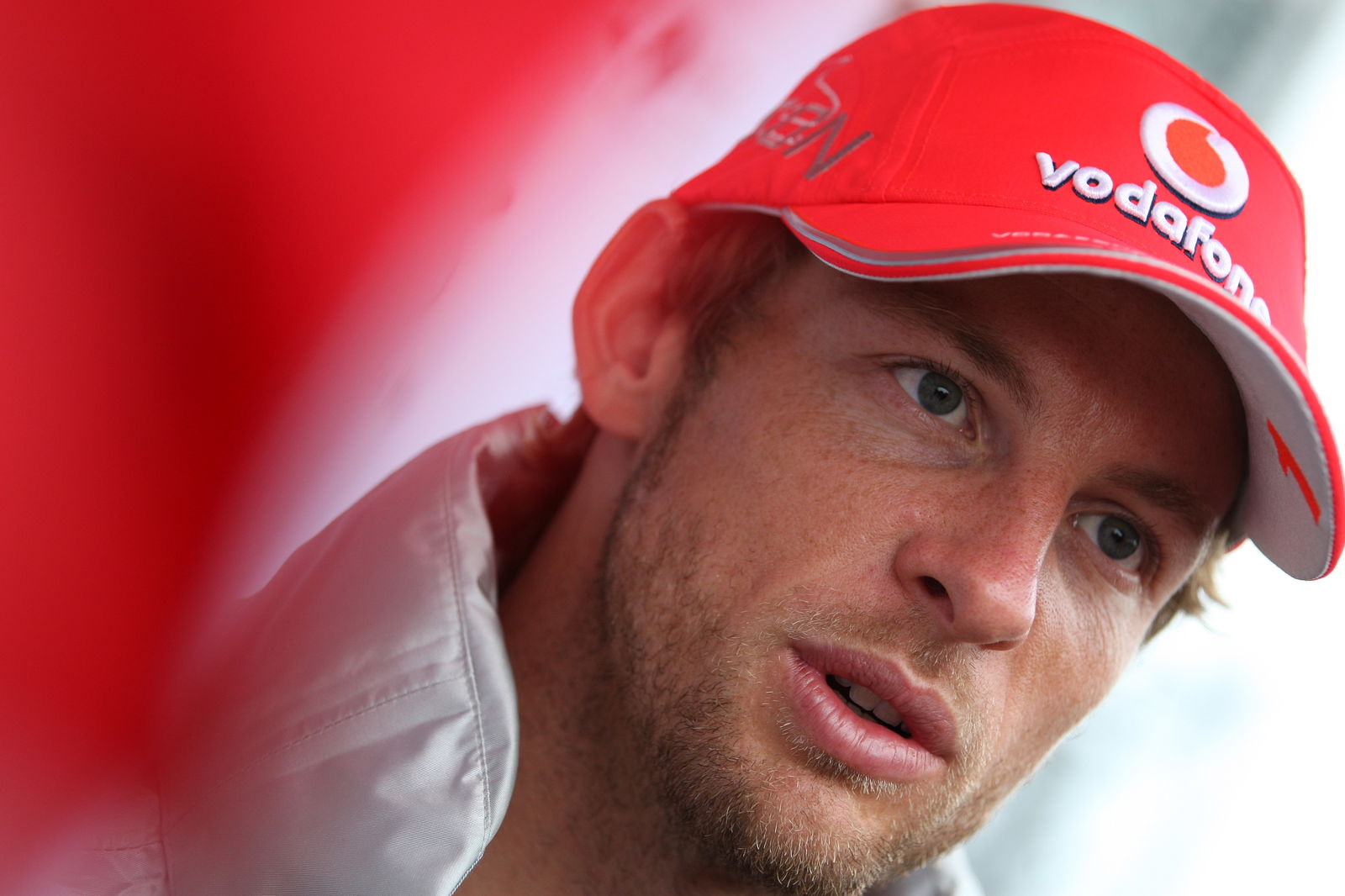New front wing tests set for Spa - but will they halt Red Bull?
The flexible front wings on Red Bull Racing's RB6 and Ferrari's F10 that have provoked so much controversy in F1 in recent weeks are to come in for even greater scrutiny ahead of the Belgian Grand Prix at Spa-Francorchamps at the end of the month - but will the new tests put a halt to the former's charge?
There was much displeasure expressed in both the McLaren-Mercedes and Mercedes Grand Prix camps in Hungary last weekend, after Lewis Hamilton in the leading MP4-25 proved unable to get any closer than a gaping 1.7 seconds shy of pole-sitter Sebastian Vettel in qualifying, and Nico Rosberg in the best of the two Silver Arrows lapped six tenths slower still - and then in the race, both Jenson Button and Michael Schumacher were lapped by the triumphant Mark Webber.
That prompted McLaren team principal Martin Whitmarsh to call upon the FIA to provide 'clarification on what is permissible' and Mercedes counterpart Ross Brawn to muse whether the rules will be changed before rivals have the opportunity to produce flexible front wings of their own [see separate story - click here].
Both the RB6 and F10 successfully passed the governing body's mandatory static load tests in Germany and Hungary last month, but in response to increased lobbying from the likes of McLaren and Mercedes, the FIA is set to introduce an even stiffer test during scrutineering in Belgium - and with no information being released about what it will entail, it has been suggested that Red Bull, Ferrari et al will have little choice but to err on the side of caution rather than risk an eleventh-hour re-think ahead of practice at Spa.
Under a weight of 50kg, the regulations stipulate that the front wing must not flex by more than 10mm, with suspicions that Red Bull's design currently flexes by as much as 25mm at high-speed. With the FIA having indicated only that it is likely to double the test load to 100kg - thereby allowing the wing to flex up to 20mm - that on the RB6 would ostensibly be declared illegal.
However, it has been reported on both Italian website 422race.com and the internet blog of former ITV-F1 commentator James Allen that Red Bull Racing's secret might be rather more involved than that, with some engineers contending that a variable stiffness spring in the crash structure pulls the front of the car down and generates more downforce than the wing tips themselves do. Such a school of thought was bolstered when Sebastian Vettel's new front wing broke during practice at Silverstone - leading to the now infamous 'number two driver' favouritism row.
With the annual mid-summer factory shutdown now in-force, Red Bull's task is complicated, with few real changes able to be made and the suggestion that the Milton Keynes-based squad and chief technical officer Adrian Newey will have little choice but to opt to play it safe in the Ardennes by reverting to an earlier, more conservative design.
Allen hints that some of the 'all-nighters' that both Mark Webber and Sebastian Vettel have alluded to in post-race press conferences this year have been necessitated by FIA chief technical delegate Charlie Whiting discovering an innovation of Newey's on the RB6 that contravened the regulations - and that in return for removing it with immediate effect, the governing body has not made a public song-and-dance about it.
Moreover, respected ex-Benetton, Ligier, Williams and Toyota aerodynamicist Frank Dernie has remarked that 'the difference in performance between the Ferrari and the McLaren is probably mostly down to the front wing, but the difference between the Red Bull and the Ferrari is elsewhere' - and the one-second gap between the RB6 and F10 at the Hungaroring tends to reinforce that conviction, meaning rivals will need to do rather more than simply replicate the front wing design if they are to successfully catch up.
Allen reports that one of the RB6's key attributes is the aerodynamic balance between the front and rear of the car to generate downforce - no mean feat to achieve - but he also warns that it is Newey's very ingenuity and relentless pursuit of new innovations to boost performance that could ultimately end up costing Red Bull the crown, with the Englishman's designs having earned a reputation for being fearlessly fast but also fragile, and too many points having been cast aside already this season through reliability failings.
In this case, perhaps, it could be that he who dares in the end comes up short.
